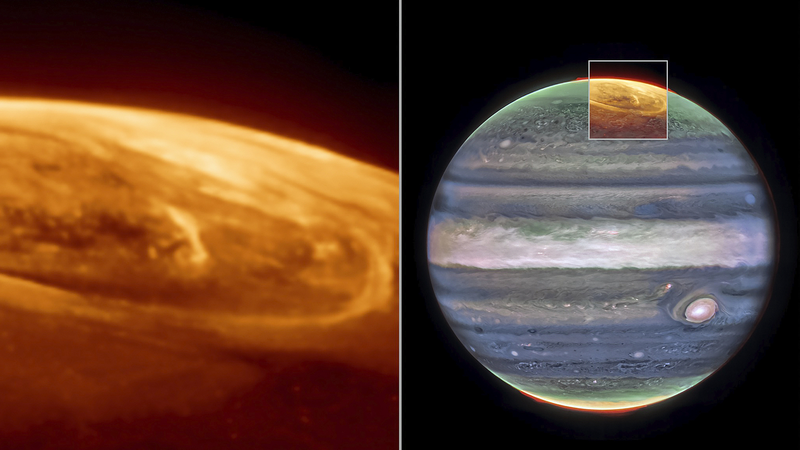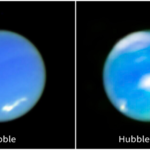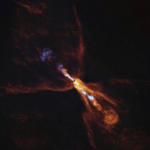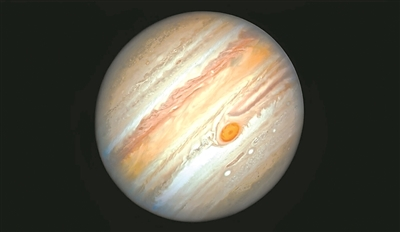Hold onto your space helmets! 🚀 The James Webb Space Telescope (JWST) just dropped a wild weather report for two brown dwarfs—cosmic oddballs bigger than planets but smaller than stars—and it’s 🔥 hotter than a candle flame out there. Imagine Saharan dust storms, but with clouds of scorching silicate particles and a toxic cocktail of gases swirling in their atmospheres. Talk about a rough day on the job! 😮💨
Located just six light-years from Earth (a cosmic stone’s throw, really), this pair of brown dwarfs rotates at breakneck speeds—7 and 5 hours, respectively—with Webb capturing 3D weather maps of their stormy atmospheres. The cloud tops sizzle at 925°C, and their skies are stuffed with hydrogen, helium, and traces of water, methane, and carbon monoxide. Think Jupiter’s chaos, but cranked up to 11. 🌪️
Why It Matters
Brown dwarfs are the universe’s ‘in-betweeners’—too small to ignite like stars, too wild to be planets. ‘Like embers in a fire, they glow from sheer heat,’ says lead researcher Beth Biller. Webb’s infrared vision peeled back their atmospheric layers, revealing cloud structures that could rival Jupiter’s Great Red Spot. 🌀
Beyond Space Storms
This isn’t just about cosmic weather drama. Biller says these techniques could one day study habitable exoplanets. 🌍✨ With Webb’s unmatched infrared sensitivity, scientists now have a blueprint to decode atmospheres across the galaxy. ‘This is a huge leap,’ adds co-author Johanna Vos. ‘We’re seeing deeper than ever.’
Brown dwarfs are more common than exoplanets (we’ve found ~1,000 so far), making them perfect labs for understanding planetary evolution. Next stop: decoding alien climates! 🔭
Reference(s):
cgtn.com




